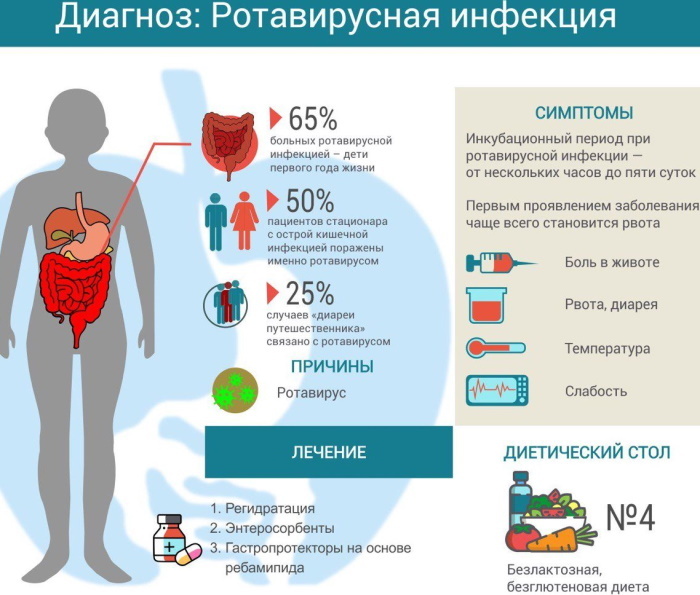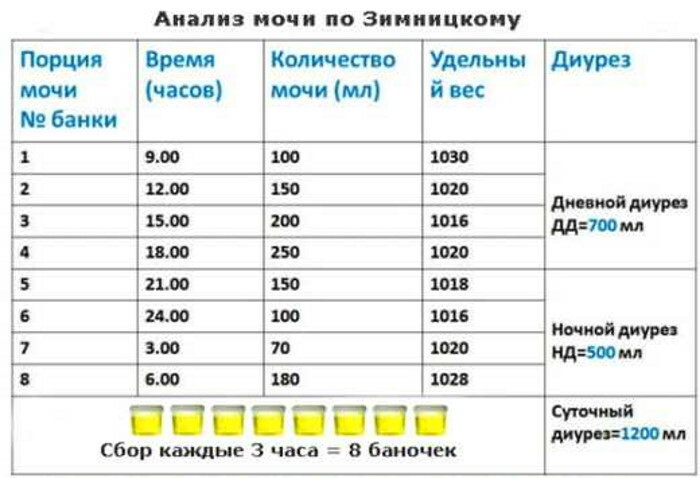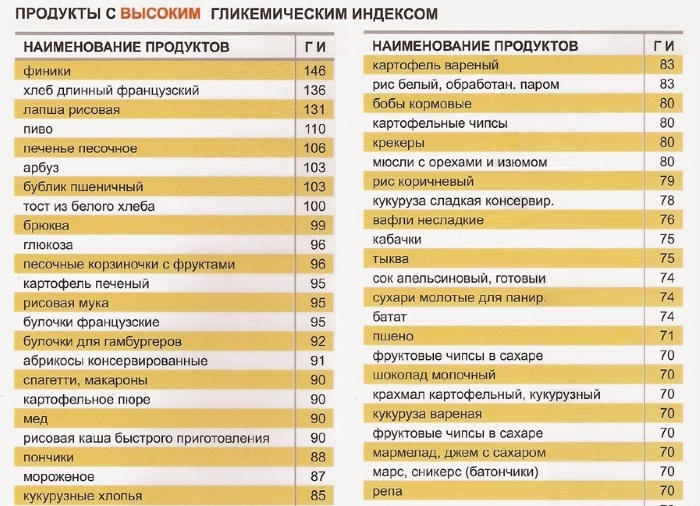This disease is a form of chronic gastritis. Its formation begins at the pyloric (pyloric region) of the stomach in the form of inflammation, which in medical practice is defined as gastritis. However, the final form of the disease becomes only when in the pathological process involved and the duodenal tissue (developed duodenitis).

Causes of
There are several causes of the inflammatory disease, which combine into two groups:
- endogenous;
- exogenous.
Endogenous reasons are the basis for focusing on acid production, regulation of hormone secretion failure, reducing the formation of slime. Predisposition to gastroduodenitah observed in patients with the following diagnoses:
- diseases of the biliary tract and liver;
- endocrine pathology.
The most common exogenous etiologic factors influencing the development gastroduodenita considered:
- receiving cold or hot, spicy, food;
- chemical (exposure to pesticides);
- penetration into the organism Helicobacter pylori bacteria.
Classification
Like any inflammatory disease, secrete acute, chronic gastroduodenitis, and aggravated. The most common chronic gastroduodenitis, medical help, patients are usually treated in the acute stage. As a rule, a chronic process is a consequence of untreated acute, but the disease is often primary chronic, ie initially appears as a chronic disease, occurring with periods of exacerbation and remissions.
Depending on the nature of the pathological process in the mucous membrane of the stomach and duodenum, distinguish the following forms of chronic gastroduodenitis:
| hypertrophic | hyperemic mucosa, in some areas there are hemorrhage (bleeding melkotochechnye), edematous, covered fibrinopurulent mucous coating; |
| Surface | In this form of the gastric mucosa and duodenal swelling, thickened folds; |
| erosive | mucosa swelling, hyperemic, contains multiple erosions covered fibrinopurulent mucoid plaque. |
| mixed form | mucous membrane in general has the form as in hypertrophic gastroduodenitis, but have pockets of atrophy; |
Depending on the secretory function:
- With a reduced secretory function (reduced acidity);
- With normal secretory function;
- With elevated secretion (increased acidity).
Symptoms of the disease are extremely diverse, and their form of manifestation depends on the nature of the flow, from acute gastroduodenita they are bright, strongly marked, but transient, in chronic - persistent, worse during exacerbations.

Gastroduodenita symptoms in adults
Among the major clinical manifestations of gastroduodenitis following may be mentioned:
- heartburn;
- belching;
- unpleasant taste in the mouth;
- pain in the stomach area (pain are often aching or cramping in nature);
- nausea;
- reduction or loss of appetite;
- feeling of fullness in the abdomen;
- constipation or diarrhea.
Can also be observed and general symptoms - irritability, fatigue, pale skin, dizziness, weight loss, sleep disturbances. On examination, the doctor may notice abdominal tenderness, yellowish-white fur with possible imprints of the teeth. The language itself thus looks puffy.
If we talk about pain syndrome with gastroduodenitis, it is characterized by increased pain after meals (usually it occurs in 1-1.5 hours) for him. Apart from nausea, vomiting, heartburn and burping may experience sour. Stool irregularities expressed in the form of constipation, and diarrhea.
Exacerbation of chronic gastroduodenitis fall, usually in the fall and spring. This is largely due to infectious diseases during this time, as well as eating disorders and increased psychological stress.
Symptoms gastroduodenitis in children
Quite often, there is involvement of other organs (intestines, gall bladder, pancreas) in the process, which greatly complicates the differential diagnosis. The severity of symptoms in children is at a much lower level. All other aspects correspond to those in adults.
Pain in children is usually in the form of contractions. Often marked sleep disturbances, pallor, "bruising" under the eyes, impaired appetite, weight loss, mental instability, fast fatigue and stunted physical development, brittle nails and hair loss (signs of hypovitaminosis), chair instability (constipation replaced by diarrhea). Children with gastroduodenitis, vegetative disorders are often observed:
- vegetative crises that occur according to the type of dumping syndrome, provoking drowsiness after eating;
- tachycardia (increased heart rate);
- cardiovascular instability;
- excessive sweating;
- with a large gap between meals may show signs of hypoglycemia, dizziness, sweating, weakness, tremors in the muscles, in exceptional cases, possible loss of consciousness.
Exacerbation in adults and children, are seasonal (spring and autumn). They are triggered by the beginning of neuro-psychological or physical load, errors in the diet.
Diagnostics
On the basis of symptoms assigned additional instrumental and laboratory examination, which includes:
- CBC - indicates the presence of inflammation in the body (increase in ESR and leukocytes);
- fibroezofagogastroduodenoskopiya - optical fiber is inserted into the stomach tube with a camera and lighting, the most informative method in which may be directly see the state of the mucous membrane of the stomach and duodenum, the presence of erosions and their location, if necessary, have the opportunity to take a biopsy (taking a sample tissue);
- ultrasonography (US) of the stomach - in the modern ultrasound scanner can visualize the presence of ulcers, used to exclude peptic ulcer disease;
- determining the level of acidity of gastric juice - the necessary research to choose the tactics of treatment, as the increased acidity in the stomach requires additional remedial measures;
- X-ray examination with contrast medium (barium mixture) - method allows us to see the plague, filled with contrast medium.
gastroduodenita treatment in adults
The basic principles of treatment in acute gastroduodenitis include creating a physical and psychological peace. Eating should be frequent (5 - 6 times), but in small volumes. From the diet excludes foods causes increased secretion of gastric acid: fatty, acute, smoked, fried, and also containing extractives, spices and a large number of fiber. The principle of the diet in chronic gastroduodenitis beyond the acute period of the same, but it is more expanded and less restrictive.
Since one of the key causes of gastroduodenita - infection, the treatment is not without antibiotic therapy. drugs of choice for the treatment of gastroduodenitis in adults:
- De-nol, and metronidazole (course lecheniya10-14 days) + tetracycline antibiotics (treatment days 7-10);
- Clarithromycin and omepravzol in combination with metronidazole (treatment 7 days);
- Metronidazole plus amoxicillin (lecheniya10 day course) + ranitidine (2 times a day before meal for 2 weeks);
- Selecting the treatment regimen depends on the characteristics of flow gastroduodenitis. When the first symptoms gastroduodenita consult a doctor gastroenterologist for consultation and treatment assignment.
Periods of exacerbation is recommended physiotherapy, balneotherapy and spa treatment, use (after consultation with the physician) infusions of medicinal herbs.

Treatment of chronic gastroduodenitis
Since chronic gastroduodenitis different cyclic course of disease exacerbations with alternating periods of remission, therapy should be administered in accordance with the following principles:
- during the acute period of the patient bed rest is prescribed usually at least 7-8 days;
- require mandatory compliance with the diet. Proper nutrition contributes to the fact that chronic gastro faster treatable and does not cause too severe pain;
- If gastro led to gastric hyperacidity, the patient is recommended to take omeprazole and H2-blockers of histamine receptors;
- excellent results show physiotherapy, health resort treatment and physical therapy.
- To neutralize Heliobacter Pilori drug therapy is performed, which consists in taking bismuth tripotassium dicitrate, amoxicillin, metronidazole and macrolides. The treatment course lasts from 7 to 10 days.
Besides the basic drugs with a doctor gastroduodenite appointed usually aids. The main purpose of these drugs is to reduce the side effects of funds from the main group.
Among such drugs may be mentioned spasmolytics, probiotics, vitamin complexes, as well as the reinforcement or purgatives. The whole course of treatment gastroduodenitis medication therapy involves considerable stress, which often has a negative impact on the work of other bodies. So often pay attention to the traditional treatments that can be performed in conjunction with conventional therapy.
Diet and Nutrition rules
Without the use of this method of treatment, drug therapy is definitely not bring proper results. It applies the table №5 by Pevsner, which indicates that you can eat at gastroduodenite and what is not. The menu of this table includes lean meats (beef, rabbit), poultry (chicken), vegetables, cereals and dairy products. It is imperative that the preparation of these products is carried out by steaming, stewing possible.
What is recommended to eat at gastroduodenite:
- soups, boiled in vegetables, mushroom, fish broth, mashed;
- boiled eggs, scrambled eggs;
- lean meat (chopped, fried) chicken boiled;
- meatballs, steamed, stewed, fried, but without gross cover;
- lean ham;
- fish boiled low-fat, low-fat herring, chopped, pre-soaked, black caviar;
- cereal, or boiled mashed (buckwheat, semolina, rice);
- flour dishes: bread stale white, gray, crackers nesdobnye (excluding baking);
- vegetables, cooked fruits, raw grated;
- vegetable and fruit juices;
- Tea, coffee, cocoa on the water with milk, marmalade, sugar,
- milk (no diarrhea), butter, kefir, yogurt, cream, sour cream, cottage cheese, sour fresh cheese grated mild;
- We do not abuse the coffee and tea: they contribute to the release of hydrochloric acid.
observe the following rules when eating:
- Food and drink should not be too hot or too cold;
- You should never swallow solid food, not chew it thoroughly
- There are preferably several times a day gradually.
Proper nutrition is the regular intake of food in small quantities (at least 5 times a day). Dining can be no later than 2 hours before bedtime.
General advice on diet
In general, a diet with gastroduodenite looks like this:
- First meal - oatmeal, cream of wheat, buckwheat or rice porridge. You can omelet. From drinks fit compote or juice.
- For the second meal may be prepared from vegetable salad potato, carrot, beet and cabbage. You can eat fruit and berries.
- Lunch should consist of first and second courses. For the first dishes suitable vegetable soups or cereal soups. The main dish can be consumed cooked meat or fish with vegetable ragout. Drinks - juice, fruit compote, jelly, weak tea.
- Snack may include lactic kitchen (cottage cheese or yogurt), baked apples, a small amount of dried fruit.
- For dinner, you can file a fish and steamed vegetables, cottage cheese casserole, cabbage rolls.
- Just before bedtime is allowed to eat some fruit or drink milk.
Proper diet for gastroduodenite helps to keep all of the functions of the stomach and intestines, prevents the development of disease. Listed in Article dietary recommendations are part of a healthy diet, so they can observe and to prevention.

Folk remedies
Herbs do an excellent job with a chronic type of the disease and combine well with the diet.
To get rid of the disease have been successfully used decoctions:
- yarrow,
- chamomile,
- St. John's wort,
- fennel seeds,
- valerian root,
- hops and t. d.
In addition to the infusions prepared independently in the pharmacy you can buy special medical tea made from decoctions Leonurus, thyme, sage and chamomile drug. Herbal help cope with pain in gastroduodenite during its exacerbation and sometimes completely cure the disease, but, of course, subject to strict dieting and reception medicines.



